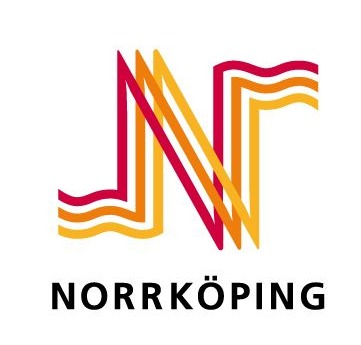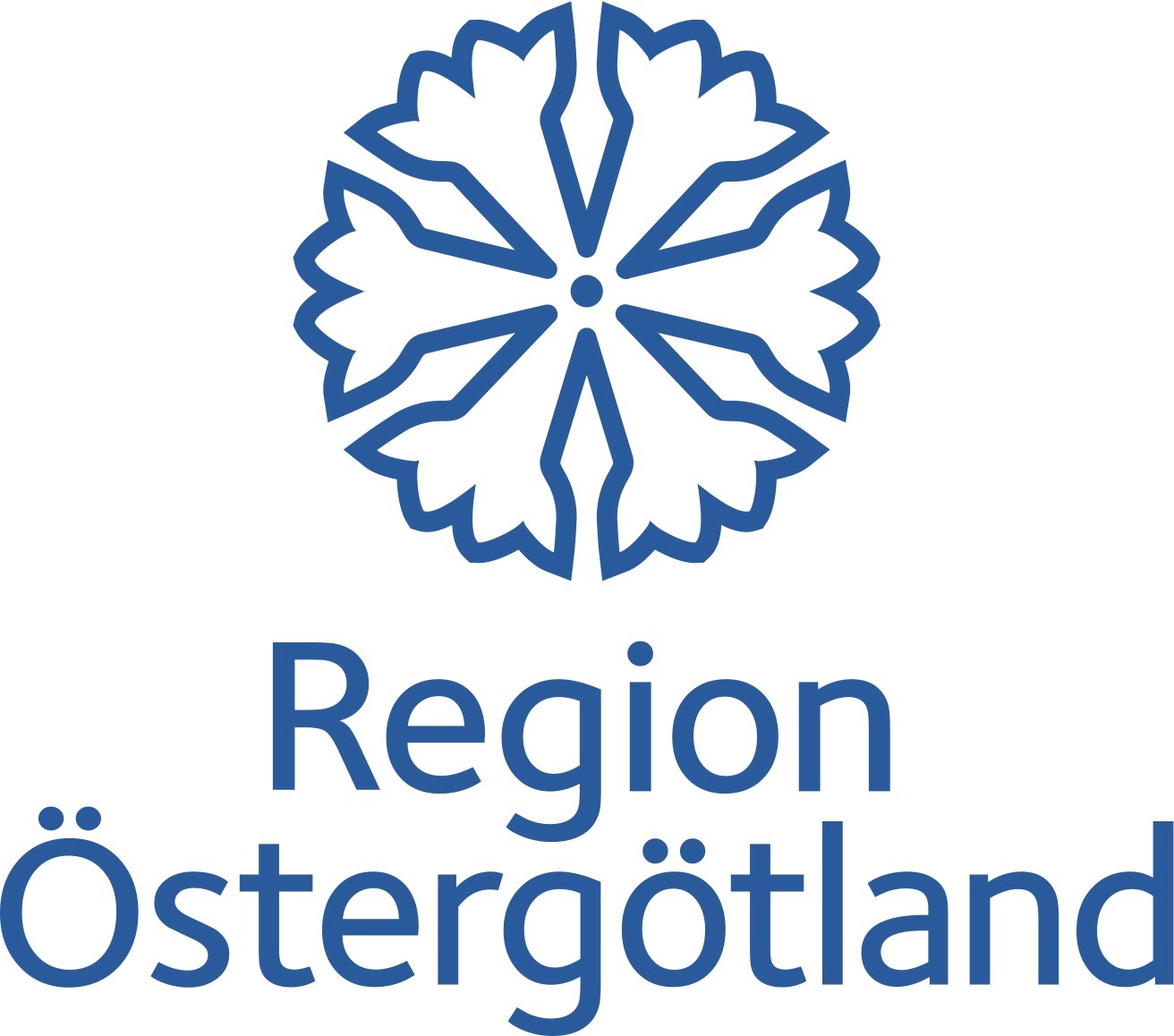Printed Electronics Arena
Sustainable & Printed Electronics
Enabling a Green and Circular Economy
Let us help you
We’re on a mission to help industrial clients access state of the art research findings, relating to printing technologies, conducting polymers, sensors and more. Just get in touch if you are curious – we’re here to help. Confidentiality is norm and we like challenges!
Our pilot line has been selected as one of the Key Enabling Technology facilities by the EU. As a part of RISE we can tap into other competences to better meet your needs, from smart textiles to electronic hardware design, in areas as IoT, AI, Blockchain. Working with leading researchers in organic polymers from LiU at the LOE group we span from molecule to prototype in deep tech.
Are you looking for FREE offering of state of the art infrastructure to foster collaborations? EMERGE has the answer






